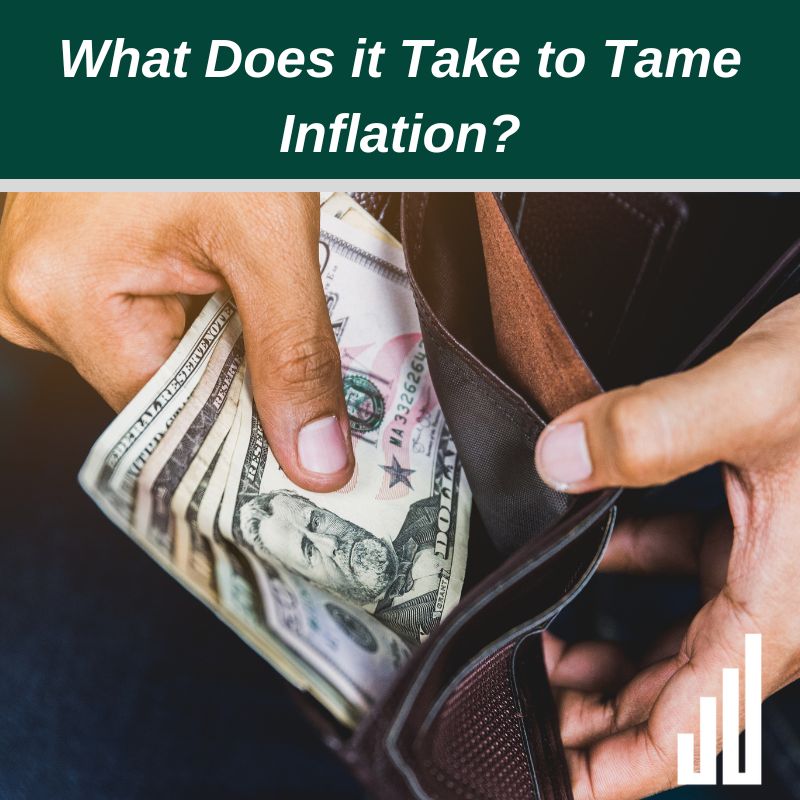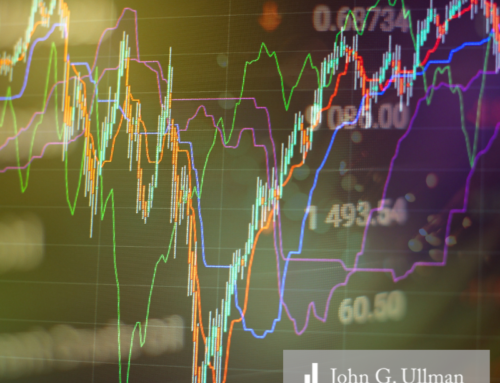Anyone who pays attention to the news or simply shops in a supermarket knows that prices have increased sharply over the past year. This is not just a U.S. phenomenon, but is worldwide and comes after nearly 40 years of modest low-single digit annual inflation. Some of the causes include worldwide supply chain disruptions triggered by the Covid pandemic, tight labor market conditions resulting in wage increases, and a dozen years of ultra-accommodative monetary policies following the 2007-09 Great Financial Crisis.
Those of us old enough to remember the inflation of the 1970s understand the insidious and pervasive nature of continuously rising prices. Consumer behavior changed to adapt to the expectation of higher prices ahead, and manufacturers had to constantly contend with increases in raw material prices and employee wages. And although wages increased, for most workers they lagged the increases in the cost of living. Inflation was also no panacea for stocks, which underwent a brutal bear market in 1973-74 and remained weak through the end of the decade. We are now seeing many of these same patterns playing out today.
Fortunately, policy makers today have a roadmap for how to quell inflation, courtesy of Paul Volker, chairman of the Federal Reserve in the late ‘70s and early ‘80s. The inflation problem was far more acute and entrenched back then compared with today, and unemployment rates were far higher. The Fed imposed draconian interest rate increases (peaking at over 20%), which caused two short sharp recessions. But at the end of the day, inflation was tamed.
The current Fed under Jerome Powell missed the starting gun last year but is now fully committed to taking aggressive measures to control inflation. These include interest rate increases and the shrinking of the Fed’s balance sheet. Other central banks around the world are following suit. We are certainly not out of the woods yet, as price levels only react to monetary policy on a delayed basis. Not surprisingly, the stock market is reacting negatively to tighter monetary conditions and rising interest rates. However, while the medicine may be bitter, it will be well worth it if inflation gets back down to the Fed’s 2% target level.
–William R. Armstrong, CFA







